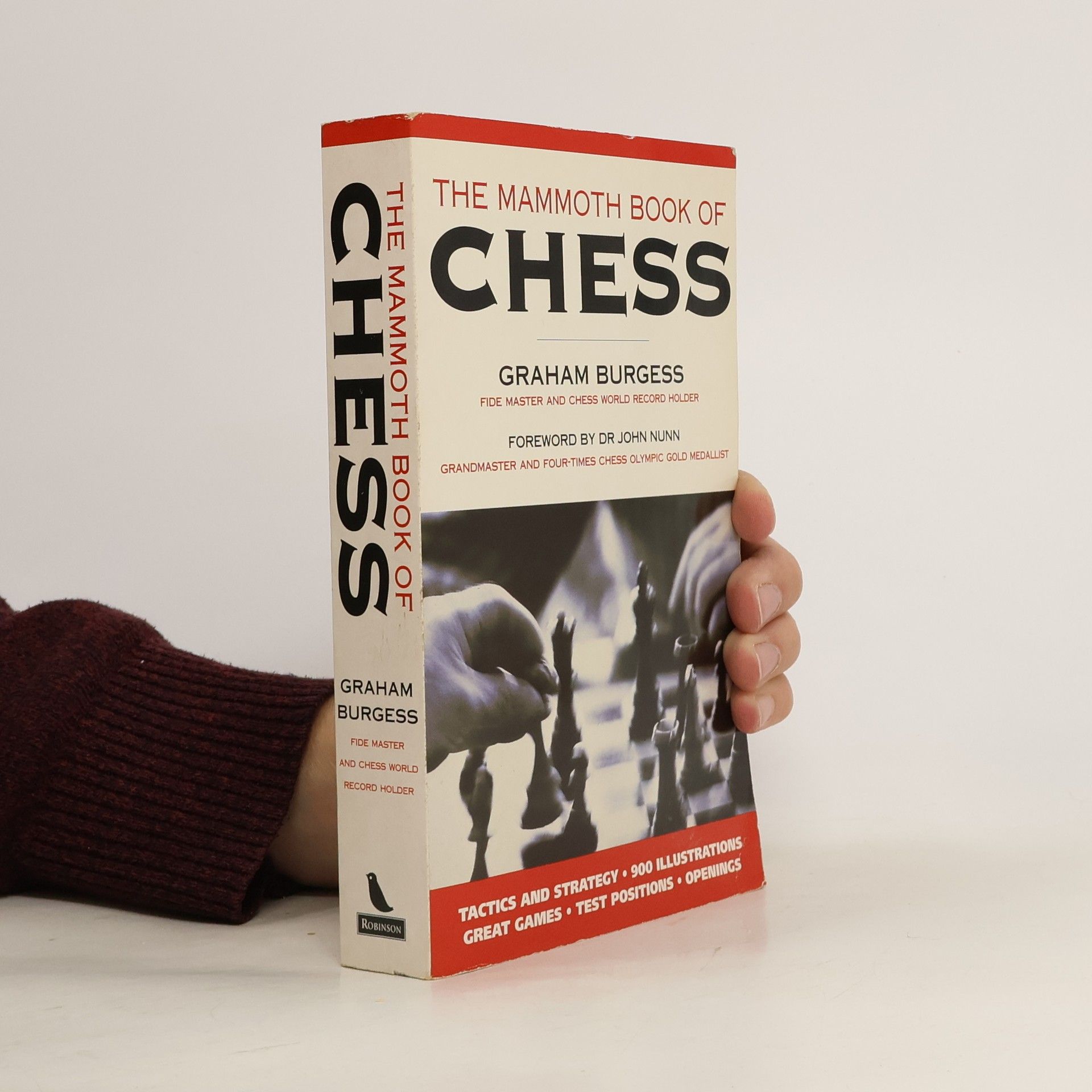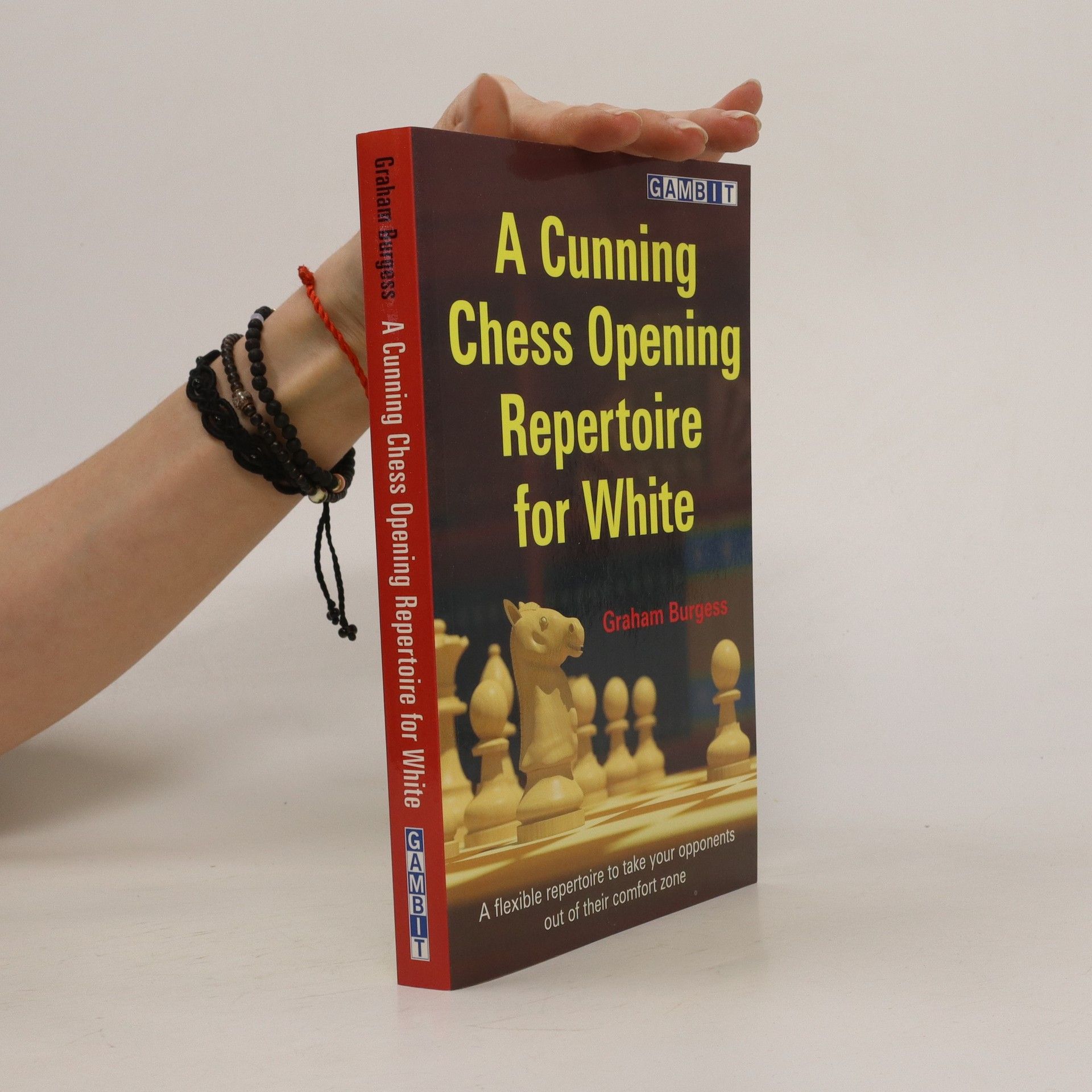Delving into hidden secrets, this book offers insights and methods for uncovering long-buried truths. It invites readers to explore the depths of concealed knowledge and provides tools for discovery, making it an intriguing journey into the unknown.
Graham Burgess Book order






- 2024
- 2021
Improve your chess by studying the greatest games of all time, from Adolf Anderssen's 'Immortal Game' to Magnus Carlsen's world championship victories.
- 2020
An Idiot-Proof Chess Opening Repertoire
- 192 pages
- 7 hours of reading
This book offers a comprehensive chess opening repertoire for both White and Black, designed for quick learning within a week. It emphasizes a strategic approach that minimizes the need for memorizing lengthy variations, making it accessible for players of all levels. The repertoire aims to provide effective strategies that can challenge opponents, regardless of their skill level, ensuring that players can enjoy the game without overwhelming complexity.
- 2020
Schacheroffnungen fur Kids Ubungsbuch
- 128 pages
- 5 hours of reading
- 2013
A good opening repertoire need not require an enormous amount of study to be highly effective. A cunning choice of lines and move-orders can steer the game to positions that we like and deny the opponent his preferred strategies. In this book, highly experienced chess opening writer Graham Burgess presents a repertoire based on 1 d4 and Nf3 with precisely those aims. Black's possibilities for counterplay - and sharp gambit play - are kept to a minimum. Our aim is to give Black exactly the type of position he doesn't want. If he is seeking blocked positions with pawn-chains, we'll keep the game fluid. If he wants complex strategy, we'll attack him with simple piece-play. Simplifications? No thanks, we'll keep the pieces on and intensify the battle. Gambits? Hardly, as we simply prevent most of them! The main cornerstones of the repertoire are carefully chosen Queen's Gambit lines, the Torre Attack (vs ...e6), and a variety of fianchetto options against the King's Indian and related set-ups. White's position is kept highly flexible, with many possible transpositions to a wide variety of systems that the reader can use to extend and vary the repertoire. The book features a wealth of new ideas and original analysis. FIDE Master Graham Burgess is Gambit's Editorial Director, and one of the founders of the company. He holds the world record for marathon blitz chess playing, and lives in Minnesota. This is his 23rd chess book.
- 1997
The New Classical King's Indian
- 320 pages
- 12 hours of reading
This work focuses on the King's Indian variations that have undergone the most dramatic change in the last decade. A concise round-up of early deviations by both sides and a discussion of typical plans complete the coverage.
- 1997
For rookie chess players or advanced players who simply want to hone their skills, this new edition of the chess classic has been fully revised and updated. With this guide, which includes courses in tactics and attacking strategy, a selection of the greatest games ever played, helpful advice on club and tournament chess, and a useful glossary of chess terms, victory will be yours. Checkmate
